最新推荐
Chan Tea showed in the Buddhist shrine (Part two)
2018-05-17 14-06-46 来源: 作者: 点击:次
印度佛教圣地上演中华禅茶艺术 ——2017之冬禅修茶道印度行系列报道(2)
Chan Tea showed in the Buddhist shrine -The series report of Chan Tea's journey to India in the winter of 2017; part two
The Chan Tea artists of Boshan Zhengjue Monastery came to the second leg of this cultural exchanging tour on 15th Dec. 2017----Raijagriha, the Buddhist shrine in northern India.
Raijagriha was once the capital of Magadha. There are many Buddhist shrines in and around the city. For example, the Venuvana Vihara and Griddhkuta are the places where Sakyamuni Buddha taught Buddha Dharma, had a long-term living and practiced Buddhism with disciples. The Cave of the Seven Leaves is the place where Buddha’s Arhat disciples gathered the Buddhist scriptures for the first time after the nirvana of Buddha. Nalanda, the most famous Buddhist University in history, gathered many Mahasiddhas, such as Nagarjuna, Shantideva, the Buddha of the world as well as the two masters Xuanzang and Yijing of the Tang Dynasty.
At 8 o'clock in the evening on Dec. 15, at the invitation of the Event of the International Tripitaka Chanting, the Chan Tea artists of Boshan Zhengjue Monastery gave the Chan tea cultural performances at International Conference Center of Raijagriha. The representatives from eleven countries and regions, including India, Bangladesh, Nepal, Burma, Thailand, Laos, Kampuchea, Vietnam, Korea, Japan and China, watched the performance. 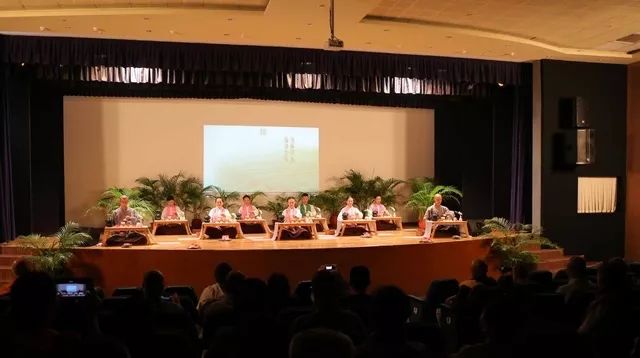
The concert hall of the conference center was very peaceful and tranquil when the 'Hill Yimeng minor’ with rich cultural characteristics of Qilu rang out. In the music, the host, an artist of Chan Tea from the United States, introduced the Chan Tea to the live audience in English. 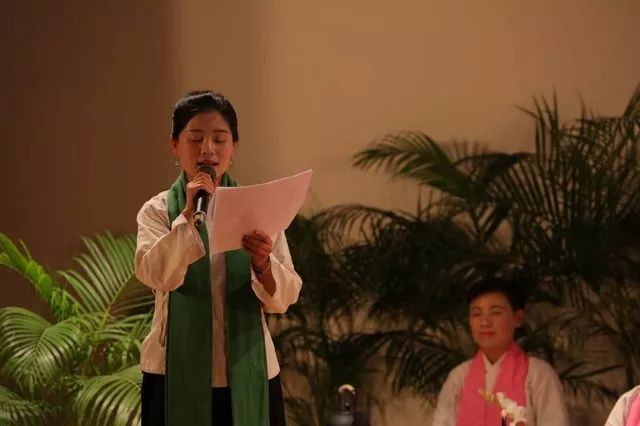
The artists of Chan Tea with their eyes slightly closed, listen to the auspicious sound of " Great Compassion Mantra" with the audience. Then sat up straight and began to perform the Chan Tea. Cleaning Teacups, Appreciating the Tea Leaves, Washing Tea Leaves with Hot Water, Making Tea and so on. A series of procedures started in order. The fragrance of tea and the charm of Chan are like the breeze, stroking their face. 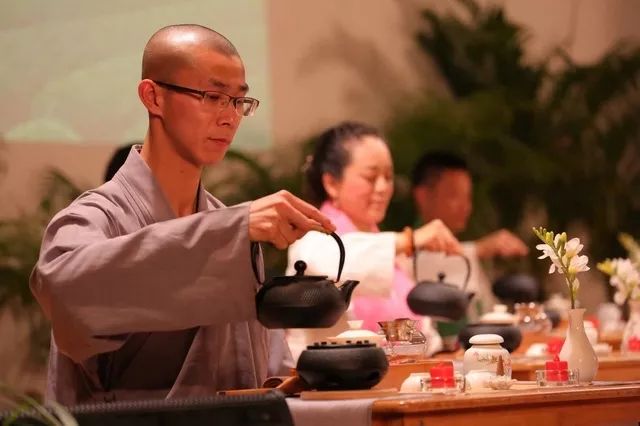
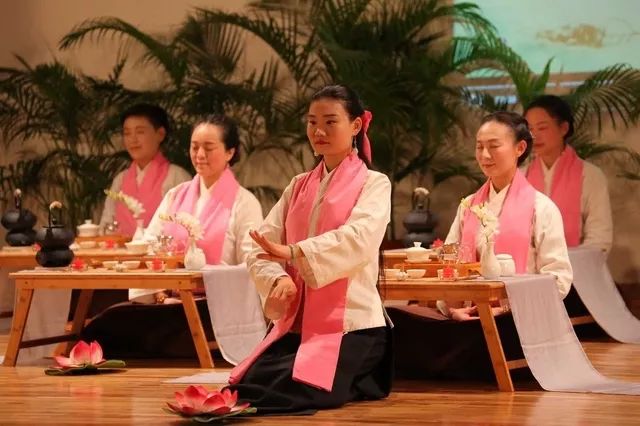
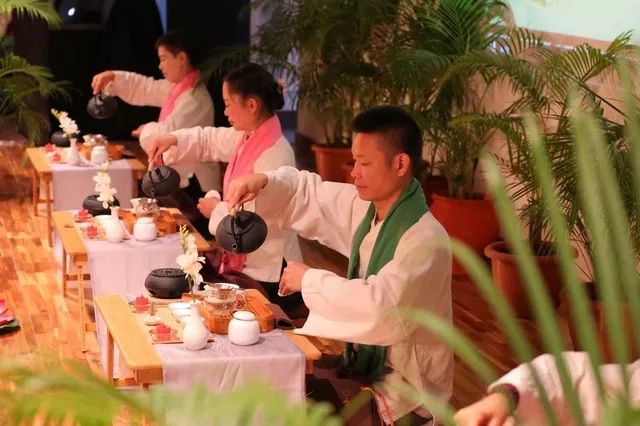
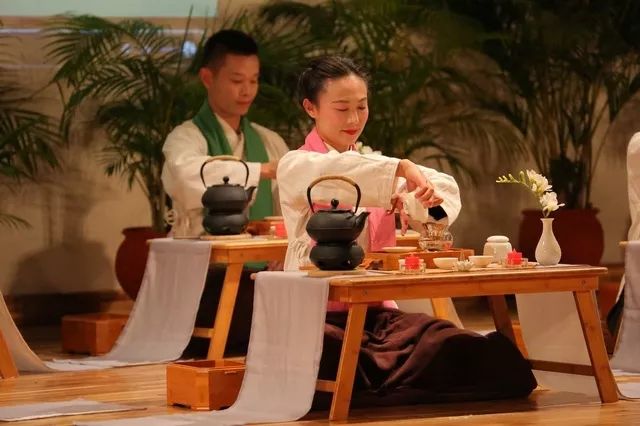
After that, in the deep and soothing sound of music, the artists done the hand washing action and made Mudra,followed by offering incense, flowers, lights and water. The Mudra dance ‘Wishing Mother Well-being’, displayed the Chinese traditional filial piety culture, Chan and compassion to the general public.
The host recited the lyrics in English and gave the four blessings in the lyrics to the audience: Without enemy, without enmity; hold no grudge, face no danger; no pain to bear, no sorrow to suffer; live in joy forever. The sincere and compassionate wishes deeply touched every audience at the scene. 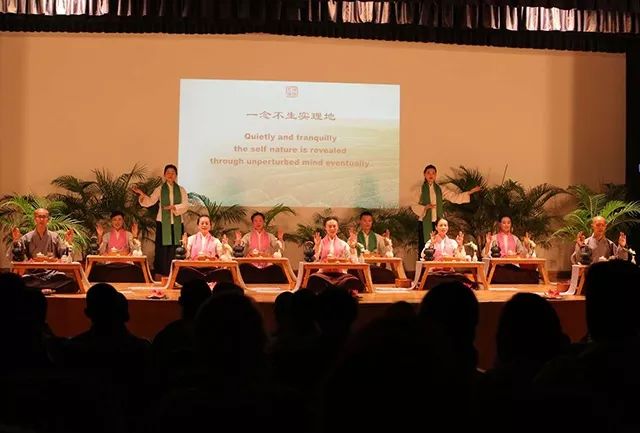
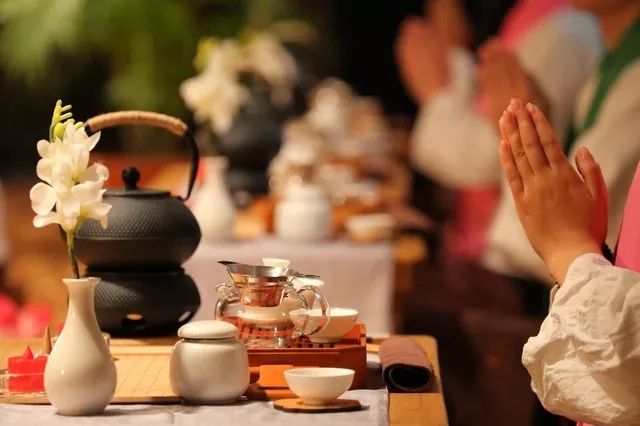
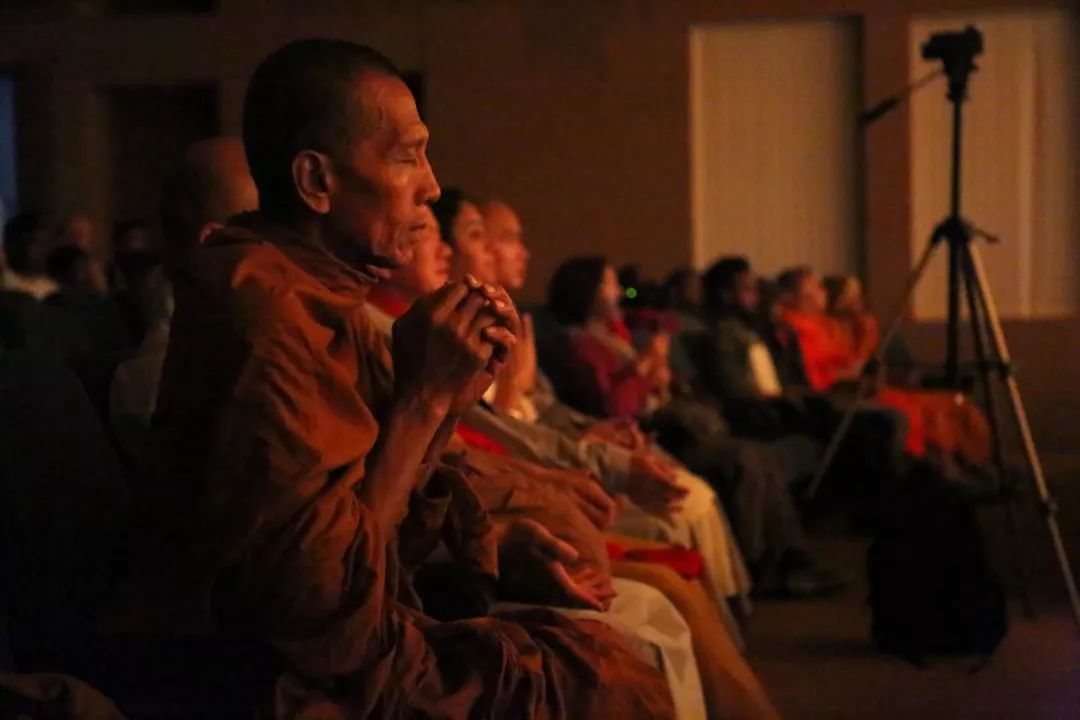
When distant, ethereal bells ‘Toast to Moon’ rose, the artistic Mudra dance showed the meaning of one Taste of Chan and Tea, one Suchness of All Dharmas. The tea is faint fragrant. The Chan is deep and thick. The Chan and Tea blend, touching everyone's soul. 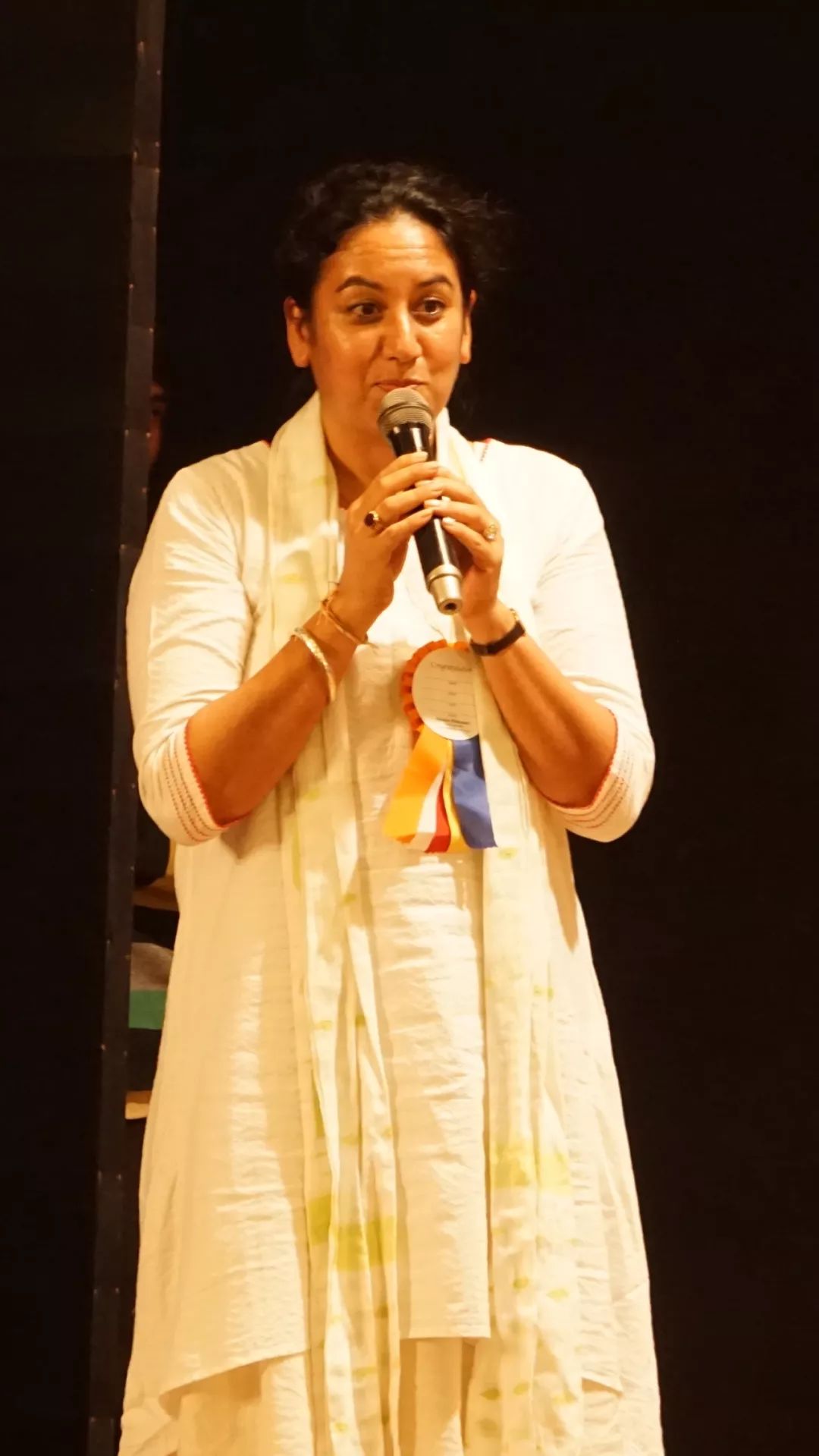
Wangmo Dixey, the organizer of the Event of the International Tripitaka Chanting and the chairman of Light of Buddhadharma Foundation International, said excitedly, “Chinese Chan tea art is so wonderful. I'm really touched. Thank you all. I believe all the country's representatives have been touched by the wonderful Chinese Chan Tea art.” With the voice of Ms. Wangmo, the audience gave a lasting and warm applause. The show of Chan Tea at the Buddhist shrine Raijagriha gets a successful end. 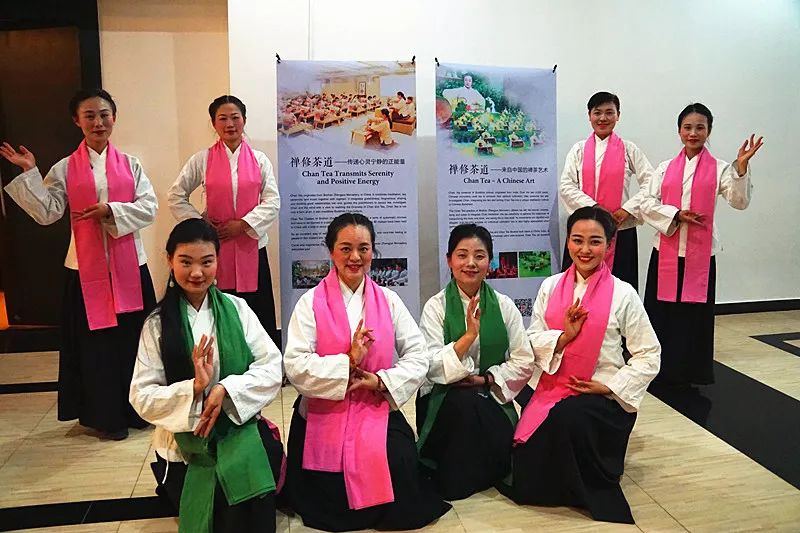
禅茶师们在王舍城国际会议中心演出厅外合影留念
The artists of Chan Tea took a group photo outside the performance hall of the Raijagriha International Conference Center